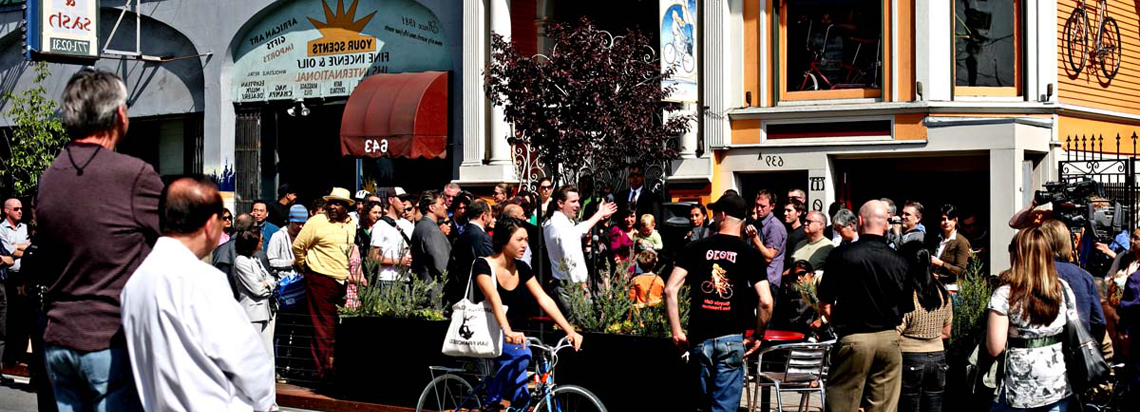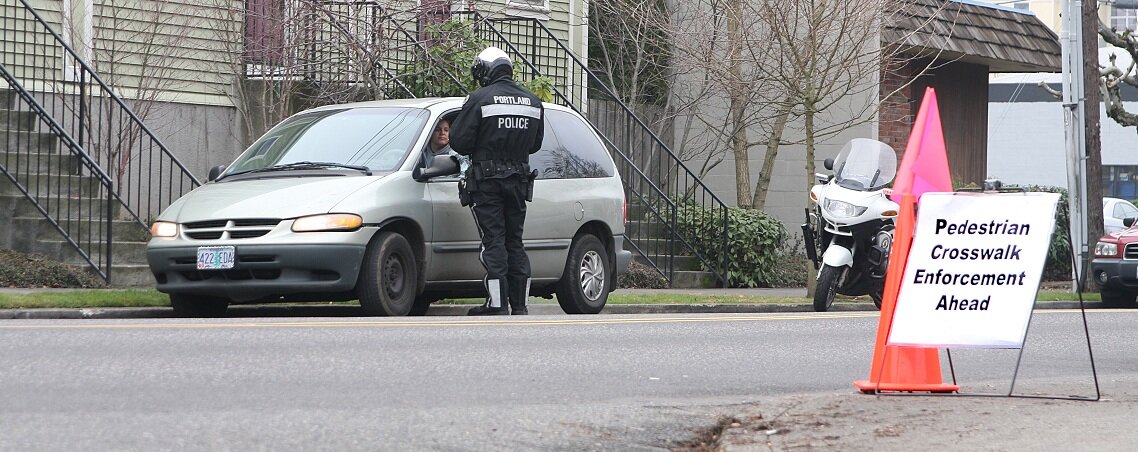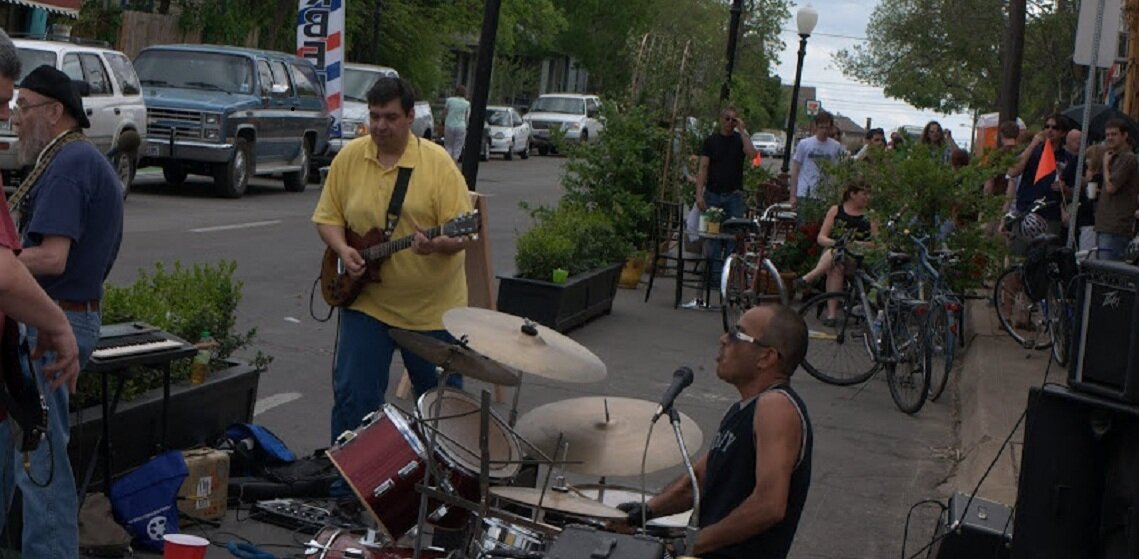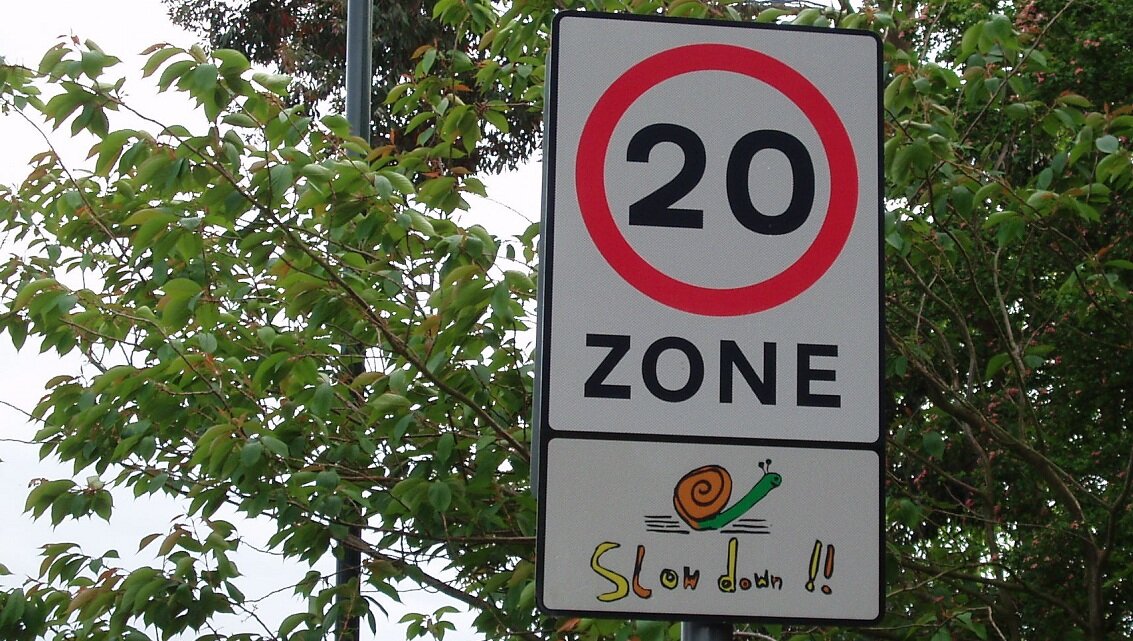Welcome to Walksteps.org!
The online resource for developing strategies toward walkable communities.
Compile and Share Tactics
Collect your favorite tactics from a range of disciplines to create your own strategic plan

Ready To Get Started?
Walksteps Partners
America Walks
Walking is a distinctive and fundamental human activity that yields incredible benefits to our communities. Walkable communities provide affordable, healthy, and enjoyable places to live, work, and play https://samoletplus.ru/plot/. At America Walks, we strive to support you to make your community more walkable. This resource, Steps to a Walkable Community, provides you with the best and brightest strategies to move you toward a more walkable community. We have worked with Sam Schwartz Engineering to capture both time-tested and new and innovative tactics with case studies that are realistic and achievable. Dive in and learn about these exciting initiatives.Sam Schwartz Engineering
Nearly a third of all car trips taken in this country are a mile or less in length—the equivalent of at most a 20-minute walk. Moving those trips out of cars and onto sidewalks would solve many of our transportation conundrums. We traffic engineers have the technical know-how to construct walkable, transportation-efficient communities. It's time for us to reassume a leadership role in planning for the future well-being of our cities, towns, and suburbs. We can do it by joining medical professionals and city planners and helping to make it happen. That's why Sam Schwartz Engineering is proud to partner with America Walks and present Steps to a Walkable Community: A Guide for Citizens, Planners, and Engineers.Our Mission
Creating a pedestrian-friendly community often means tackling the challenges to walking from several different angles at the same time. To address that reality, Sam Schwartz Engineering and America Walks teamed up to create the guide Steps to a Walkable Community. This resource features tactics and case studies in multiple disciplines and integrates them with other emerging ideas. This guide is available in multiple formats (website, pdf, and hardcopy) and is also the basis for webinars, trainings, and walkshops™ to help put innovative, multidisciplinary pro-walking tactics in the hands of citizens, planners, and engineers.Featured Sponsor
Centers for Disease Control and Prevention – DNPAO: CDC's Division of Nutrition, Physical Activity, and Obesity (DNPAO) utilizes a public health approach to address the role of nutrition and physical activity in improving the public's health and preventing and controlling chronic diseases. The scope of DNPAO activities includes leadership, policy and guidelines development, surveillance, epidemiological and behavioral research, intervention development, technical assistance to states and communities, training and education, communication, and partnership development.
 Get The
Book
Get The
Book




